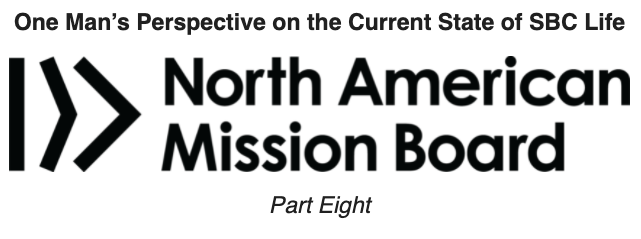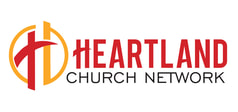|
I again embark on some strategies principles that I pray we will implement better as we move forward. To the five I have already listed, let me add the following five:
In the early years of Kevin Ezell’s leadership, NAMB ignored all but one of its ministry assignments as listed in the SBC Organization Manual, and that was planting churches. With that singular focus, entire departments at NAMB were eliminated. Over the years the other five assignments have slowly garnered some attention. If approved at this year’s convention a seventh one will be added related to supporting collegiate ministries. NAMB’s challenge will be to find the right balance as they move forward. When you place a laser focus on only one of the several assignments you have, you open yourself up to selective blindness. At the same time, you create a huge rift between your organization and those who value the other ministry assignments that are being ignored or eliminated. A singular focus can be helpful during certain times, but not during a season of critical evaluation or with the ongoing responsibility to fulfill multiple ministry assignments.
Good leaders take time to understand what is truly happening AND why it is happening before they design and implement needed changes. A Proverb that has application here is “Do not remove the ancient landmark which your fathers have set” Prov. 22:28.
That was a question we faced in our historic 2019 floods. After a bit of head-scratching and a little head-butting, we were able to find some workable options. We discovered that well-oiled and time-proven systems resist change. We were just a microcosm of the challenges that have been encountered at the national level when NAMB announced Send Relief, and, from the perspective of Southern Baptist Disaster Relief, diminished their role. Our goal should never be to sustain a proven structure, rather it should be to design a structure that effectively does the job in our current context with a constant eye on fulfilling our gospel mission.
History is full of such people. Two examples can be found in I Kings 11: “So the Lord became angry with Solomon, because his heart had turned from the Lord God of Israel, who had appeared to him twice, and had commanded him concerning this thing, that he should not go after other gods; but he did not keep what the Lord had commanded” (verses 9-10). Pride and unchecked passions had replaced Solomon’s wisdom, and God removed His hand of blessing. A few verses later, I Kings 11:37-38, we read that God sent the prophet Ahijah to Jeroboam with a message: “If you heed all that I command you, walk in My ways, and do what is right in My sight, to keep My statutes and My commandments, as My servant David did, then I will be with you and build for you an enduring house, as I built for David, and will give Israel to you.” But Jeroboam feared that people who went to Jerusalem to worship would eventually return to Rehoboam, so he built places of worship at Dan and Bethel. In each, he placed a golden calf, and he led his people to repeat the sin of false worship that their ancestors had done in the wilderness. Politics and power won Jeroboam’s heart.
Do you struggle with any of these five strategic principles? What are you doing to address the issue? If you’re not, then let me hit you with a few more strategic principles next week!
0 Comments
Leave a Reply. |
AuthorRetired in April 2022, Mark R. Elliott served as a Director of Missions (Associational Mission Strategist) in Western Iowa and Eastern Nebraska for almost three decades. He is a strong advocate for obedience and Biblically based disciple making. As such, he knows that making healthy disciples requires Christian leaders to be constantly pursuing spiritual maturity—be lifelong learners. Because of the time constraints of ministry, most pastors focus their reading list on resources that assist them in teaching and preaching the Word of God. As such, books focusing on church health, leadership development, and church growth tend to find their way to the bottom of the stack. With that reality in mind, Mark has written discussion summaries on several books that have helped him to personally grow in Christ and that tend to find themselves on the bottom of most pastor’s stack. Many pastors have found them helpful as they are able to more quickly process great insights from other pastors and authors. Archives
April 2022
Categories |
Looking for something? |
© COPYRIGHT 2024. ALL RIGHTS RESERVED.
|




 RSS Feed
RSS Feed
